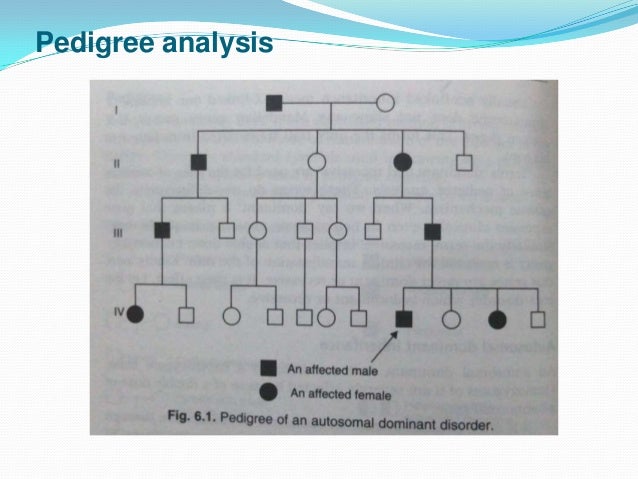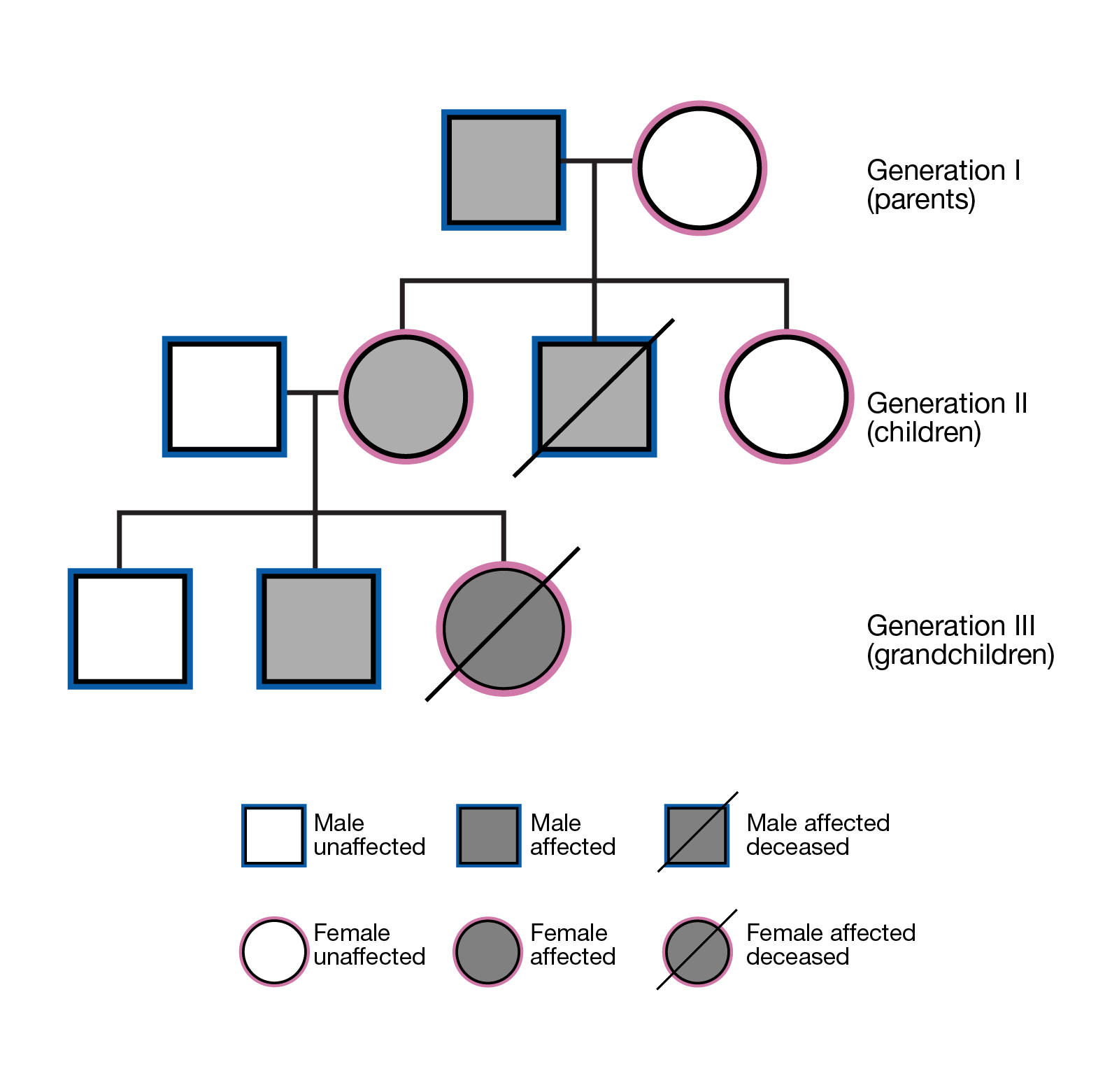
Two A alleles results in only A-type sugars, two B alleles results in only B-type sugars, and the heterozygote has both A- and B-type sugars on the red blood cell. An example is AB blood type in humans, where the A allele results in one specific type of sugar on a red blood cell, and B results in a different type of sugar on a red blood cell.

This is the simplest inheritance pattern possible, and most traits are NOT controlled this way.

Mendel identified the rules of particulate inheritance (inheritance based on genes) using pea plants which have many single-gene traits with a dominant/recessive inheritance pattern. Recognizing this distinction is extremely helpful for understanding the behavior of both Mendelian (single gene, dominant/recessive inheritance) and “non-Mendelian” traits (anything other than single gene, dominant/recessive inheritance).

Often both the dominant and the recessive alleles are expressed (transcribed and translated), but the behavior of the protein encoded by the dominant allele “masks” or “hides” the behavior of the protein encoded by the recessive allele. These very different definitions create a lot of confusion about the difference between gene expression and phenotypic appearance, because it can make it sounds like a recessive allele is recessive because it must not be transcribed or translated. In discussions of phenotypes, sometimes people use the word “expressed” to mean “visible” in the phenotype. In molecular biology, “expression” means “transcribed and translated,” or the process of making a protein from the genetic instructions in DNA. The word “expression” can mean different things in different contexts. Recognize that dominant/recessive and simple Mendelian patterns of inheritance are rare, and that genes act in concert with other genes and the environment to determine traits (including incomplete dominance, co-dominance, quantitative traits, gene-by-gene, and gene by environment interactions, among others).Predict genotypes, phenotypes, and phenotypic ratios for non-dominant/recessive modes of inheritance, including incomplete dominance and co-dominance.Know and use the terminology for, and recognize examples of, different patterns of inheritance including: incomplete dominance, co-dominance, quantitative traits, multiple allelism, polygenic inheritance, and gene by environment interactions.Differentiate between “phenotypic expression” and “gene expression”.


 0 kommentar(er)
0 kommentar(er)
